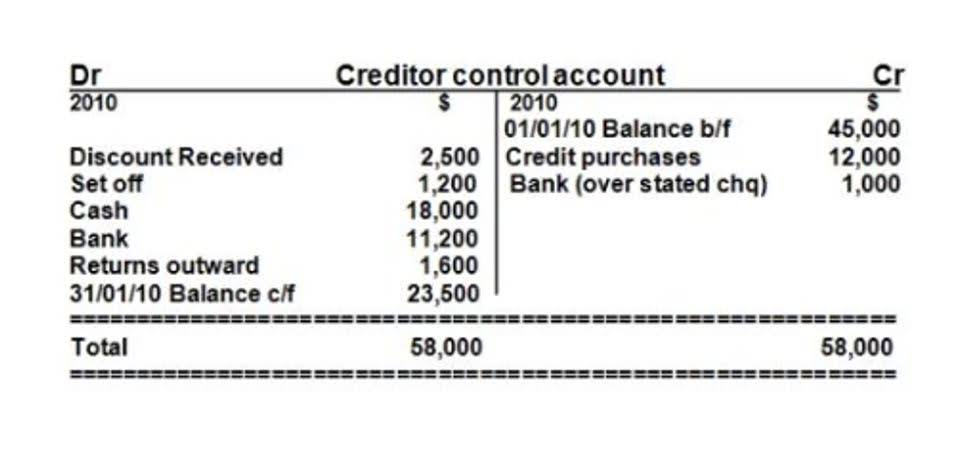

With retained earnings, equity members might lose out on dividends. Using this finance source too much can create dissatisfaction among members and impact the goodwill of the firm. A company shouldn’t avoid giving dividends payouts just to amass more retained earnings. Retained earnings result from accumulated profits and the given reporting year. Meanwhile, net profit represents the money the company gained in the Accounting for Technology Companies specific reporting period. Most software offers ready-made report templates, including a statement of retained earnings, which you can customize to fit your company’s needs.
For this reason, retained earnings decrease when a company either loses money or pays dividends and they increase when new profits are created. Current liabilities are debts that are paid in 12 months or less, and consist mainly of monthly operating debts. Examples of current liabilities may include accounts payable and customer deposits. Current assets are items that are completely consumed, sold, or converted into cash in 12 months or less.

Before you make any conclusions, understand that you may work in a mature organisation. Shareholders and management might not see opportunities in the market that can give them high returns. For that reason, they may decide to make stock or cash dividend is retained earnings an asset payments. It’s often the most important number, as it describes how a company performs financially. They can boost their production capacity, launch new products, and get new equipment.

Now let’s look a closer look at each of these basic elements of accounting. In this Accounting Basics tutorial I discuss the five account types in the Chart of Accounts. I define each account type, discuss its unique characteristics, and provide examples. For example, a partnership of two people might split the ownership 50/50 or in other percentages as stated in the partnership agreement.
One can get a sense of how the retained earnings have been used by studying the corporation’s balance sheet and its statement of cash flows. Usually, retained earnings consists of a corporation’s earnings since the corporation was formed minus the amount that was distributed to the stockholders as dividends. In other words, retained earnings is the amount of earnings that the stockholders are leaving in the corporation to be reinvested. If the company had not retained this money and instead taken an interest-bearing loan, the value generated would have been less due to the outgoing interest payment.

Working capital is the value of all your assets, minus liabilities. It’s a measure of the resources your small business has at its disposal to fund day-to-day operations. Retained are part of your total assets, though—so you’ll contra asset account include them alongside your other liabilities if you use the equation above.

This is the least liquid of unrestricted net assets and is not required.• Net assets with donor restrictions can be time, purpose, or permanently restricted (i.e., endowment). This procedure is discussed in another article , “Reclassing Net Assets in QuickBooks”. Retained earnings are an important part of a company’s financial health as they reflect a company’s net income that is kept or retained rather than paid out to shareholders in dividends. Though rich in financial relevance, retained earnings are not an asset to the company. Instead, they are recorded in the shareholders’ equity section of the balance sheet.